Mains can become a conductor in the 5G era

International telecom giant AT & T recently presented the concept of the so-called 5G Evolution. The operator is in full swing modernizing its own networks around the world, introducing new developments and radically modernizing the already existing data transmission channels. One of the points of the transition concept to the “fifth generation” is the implementation of the AirGig project, thanks to which the residents of the most remote corners of the planet can be provided with a 1Gb / s speed. At the same time infrastructure costs will be minimal.
AT & T has been reflecting on technology for over a decade that has been able to provide a wider field of action for providing users with high-speed Internet. Years of work and research have led a team of operator engineers to transfer data using microwave waves. The frequency range of radio waves with a wavelength in free space from 1 to 10 mm corresponds to frequencies from 30 to 300 GHz. With the transmission of radio waves in this range easily antenna small size. However, the main task that the engineers had to solve was the strong attenuation of such radio waves, which does not allow the signal to travel long distances.
Then one of the AT & T engineers, who was walking through one of the streets of the “one-story” America, raised his head and saw the power lines delivering electricity to every house that people need.
“Why not do so with the Internet signal? After all, this thing has become no less necessary in the modern world, ”thought a man in a white robe with AT & T written on his back.
He had the idea to combine power lines and millimeter waves in one technology. Thus, the AirGig project appeared in the minds of the AT & T engineering team, through which the operator plans to provide all rural residents of the country with the connection of the fifth generation for several years.
')
The main idea of the project was that small antennas for transmitting millimeter radio waves were placed on power lines.


Work on the development of small transmitting devices has been going on for ten years. The result was a compact plastic device. The transmitter is installed on the power lines, and then the signal is transmitted using an electric cable. However, it is not transmitted through the wire itself, along or near it.
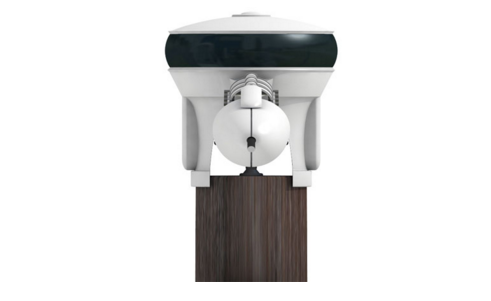

In addition to transmitting a signal, the antenna also serves as an access point, spreading a signal in a certain range.
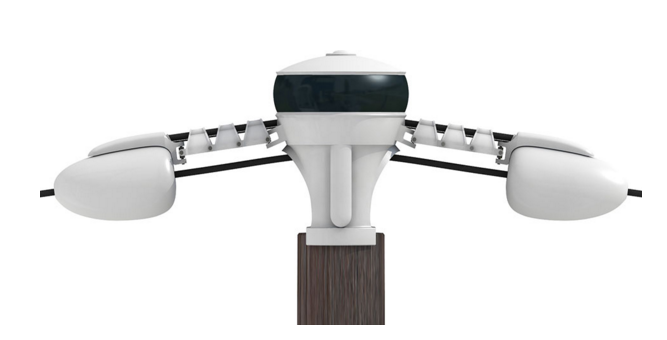
Imagine if such a device will be installed on each electrical, then you get a single system of seamless connection with high-speed data transmission. That is, the gigabit of the Internet can afford a resident of any deaf village, where there is electricity. At first glance, everything resembles the plot of a fantastic utopia. In fact, everything is prosaic and quite realizable in practice.
The start of work on the project by the provider was announced back in September 2016. Actually, at the same time, the first tests of transmitters began. At the first stage, small cells with C-RAN support began to be placed on power transmission poles. Deploying such a network allows the operator to prepare for the implementation of the AirGig project and lay the foundation for deploying fifth-generation networks around the world.
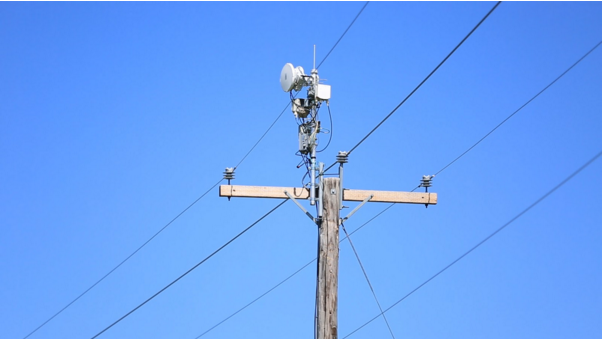
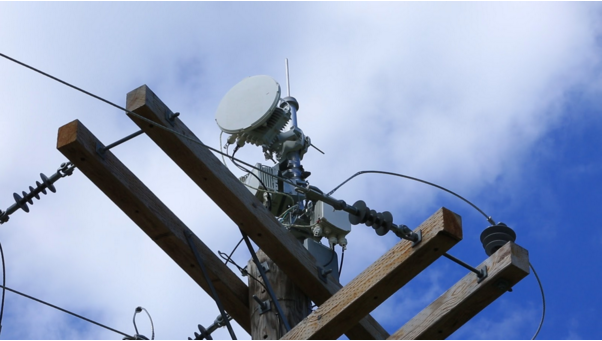
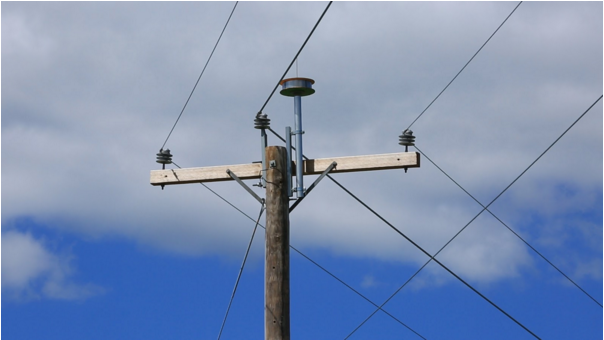
Representatives from AT & T say that they have already received more than two hundred applications for the use of a patent. The main plus of the project is that the electrical networks have already been deployed in the overwhelming number of settlements of the planet. This significantly reduces infrastructure costs, because to accommodate the antennas, you do not have to pull a fiber-optic cable or install communication towers. Therefore, the company is sincerely convinced that the future of telecommunications is behind the AirGig project. Thanks to him, broadband access will be possible where the Internet is known only by hearsay.
By themselves, the antennas have small dimensions, and therefore their installation on the poles of power lines will also not cause difficulties and high financial costs.
When operating the AirGig network, it is also proposed to deviate from the standard methods of its operation, abandoning the widespread use of routers, switches and firewalls and giving preference to a software-oriented approach. AT & T plans to virtualize 75% of its network by 2020.
“We believe that the AirGig project has the potential to quickly bring Internet connectivity around the world. Already, the AirGig project in combination with our software of the defined network architecture is unmatched in the transmission of data related to mobile 4K video, virtual reality, and telemedicine. With AirGig, all of this can be available in a metropolis as well as in remote rural areas, ”says AT & t director of strategic development, John Donovan.
Telecom is moving ahead, and sometimes the methods and technologies of network deployment by operators and IT companies are simply amazing. But often not the one who could hit the imagination wins, but whose method combines simplicity and maximum efficiency. At first glance, AirGig looks just like this technology. However, a lot of questions arise regarding the maintenance of such a network and whether the idea of deploying such technology among power grid companies and regulators will understand.
AT & T believes that they have a great offer for energy companies. With the help of the system, it will be possible to monitor the state of the transmission network, as well as to measure the consumption of energy resources.
Source: https://habr.com/ru/post/403565/
All Articles